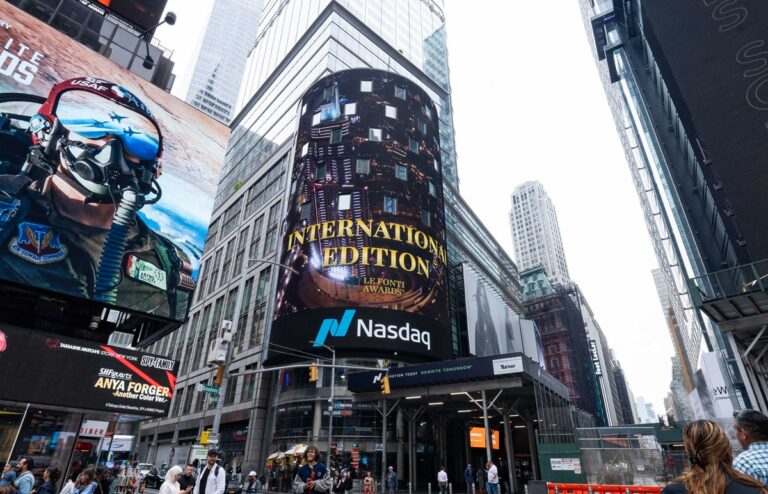For as long as banking has existed, it’s always been about transactions. But now banks are starting to realize that they can’t just be about transactions anymore. They must create emotional connections with their customers and deliver experiences that feel more like social interactions than boring financial transactions. That’s why there is an interesting trend in the industry—banks are starting to think about themselves in terms of a metaverse rather than a single space or location.
Table of Contents
There is a new interesting trend in banking: Metaverse
The Metaverse is a shared virtual space where people, places, and things can come together to enable new experiences. It’s a natural extension of digital banking because it allows you to interact with your bank and its services in a way that’s both more efficient and more immersive than ever before. The best part? Your customers are already there–they want to be able to do everything they do today, but better!
In short: the Metaverse is important for banks’ competitive position because it will allow them to speak directly with their customers when it matters most: when their customers are engaged with their brand at its best moments of truth (like during shopping or travel).
A metaverse is a shared virtual space that combines people and objects to enable new experiences and business models.
The concept of the Metaverse has been around since 1992 when Neal Stephenson introduced it in his science fiction novel Snow Crash. It imagines a world where people can create their avatars and interact with others in cyberspace.
This idea has become more popular in recent years as virtual reality headsets have entered the mainstream market. For example, Facebook’s Oculus Rift headset allows users to enter “social VR” (or “SVR”) environments where they can meet up with friends for gaming or other activities like watching movies together on a giant screen or playing music together on virtual instruments.
The Metaverse can be used for far more than gaming
It’s easy to underestimate the impact of the Metaverse:
- the Metaverse isn’t just a game;
- it’s not just virtual reality;
- and it’s not only a social network.
The Metaverse is not just a place for gamers. It could be used to meet and interact with others and even buy and sell goods. This will create opportunities that have never existed before.
A metaverse could be a natural extension of digital banking
The Metaverse could be a natural extension of digital banking and provide banks with a powerful new tool to create new experiences, business models, and revenue streams. The Metaverse has huge potential for banks: it could allow them to build out innovative product offerings and explore new ways of working with partners.
It’s true that the traditional financial services world has been slow at adopting digital technology, but if we look at how other industries have evolved, we can see examples where technology has enabled previously unimaginable innovation.
Consider travel publishing as an example; this industry pioneered the idea of selling travel content over the web back in 1995, which eventually led us all here today to wonder what on earth is going on with VR apps like Google Street View or Facebook Horizon!
The Metaverse will have important implications for banks’ competitive position
With all this in mind, banks have to ask themselves: how can we stay relevant in a world where digital avatars can work with other virtual workers? The answer is that they need to be part of the Metaverse to remain competitive.
The Metaverse will reshape how people interact with each other and businesses—especially for banks. Banks are no longer just a place for people to store money or take out loans; they’re also a place where social interactions occur. People want places where their avatars can meet up and chat about what’s going on around town; they want opportunities for their avatars to engage with others from around the globe, and they want venues where people from different cultures can exchange ideas and information freely (without being censored).
Banks will have an opportunity here, but it also comes with challenges. If consumers interact primarily through digital means rather than traditional ones like ATMs or branches, then banks could lose touch with their customers altogether!
Banks must start thinking about where they fit into the Metaverse before it’s too late
If you’re a bank, you can already see the benefits of virtual reality. For example, it has made it possible for banks to show customers their homes during the home-buying process (and even create 3D models of new homes). By taking VR out of the office and into real-world locations like shopping malls and restaurants, banks can make their physical spaces more interactive and fun for customers.
By adding virtual reality to your product range, you can create new products and services that people might not have thought about before. Banks could develop games where users collect points by making purchases or completing challenges and exchange those points for rewards, such as merchandise from other brands in the Metaverse!
Banks should think of the Metaverse as a chance to transform their retail offerings and their relationship with customers
Banking institutions have an opportunity to become players in a VR world that is currently dominated by gaming platforms like Second Life and High Fidelity. They can create their platform for customers who want to explore what life could be like in 2030 or 2040, using VR headsets, haptic gloves, and 3D scanning technology.
Bankers know how important it is for customers to feel connected; why would they stay with you if they don’t feel connected with you? The Metaverse provides this sense of connection by allowing people from across the globe to meet face-to-face virtually without having to pack up their bags and fly somewhere else.
With this new technology comes new ways for banks to interact with their customers and provide them with products and services that were previously not possible due to logistical limitations and technological ones (i.e., people weren’t able to access these types of experiences before).
Is Metaverse the future of banks? Yes, it is
Metaverse offers a chance for banks to transform their retail offerings and customer relationships. But it’s not just about banking: the Metaverse will have implications for nearly every industry, including healthcare and education. With this in mind, banks should start thinking about how they fit into the new world of virtual reality now before it’s too late!












